Southland Mall starts at the Cutler Ridge site
In 1959, plans for the Cutler Ridge Shopping Center turned a swath of farmland into a regional retail site for South Dade County.
By February 1960, the open-air center celebrated four days of dedication with live music, parades, and animal acts, drawing families to its plazas.
Richards anchored the lineup, joined by smaller stores beneath pastel canopies designed for Miami's humid weather and long afternoons.
A new movie theater followed on April 4, 1963, when General Cinema opened Cutler Ridge Cinema with single-screen seating and a neon marquee.
The shopping center gained another major addition on April 11, 1972, when Sears unveiled its two-level, 180,000-square-foot store beside the existing shops.
Together, they made the property a full regional draw for a growing suburb.
Parking lots were widened, and landscaped islands filled in where drainage canals once ran.
Shop windows faced the open breezeways that linked every tenant by footpath.
Developers promoted the site as a modern destination where daily errands could meet weekend recreation.
By the early 1970s, the center's mix of retail, entertainment, and convenience stores had established a rhythm that carried into the next phase of building.
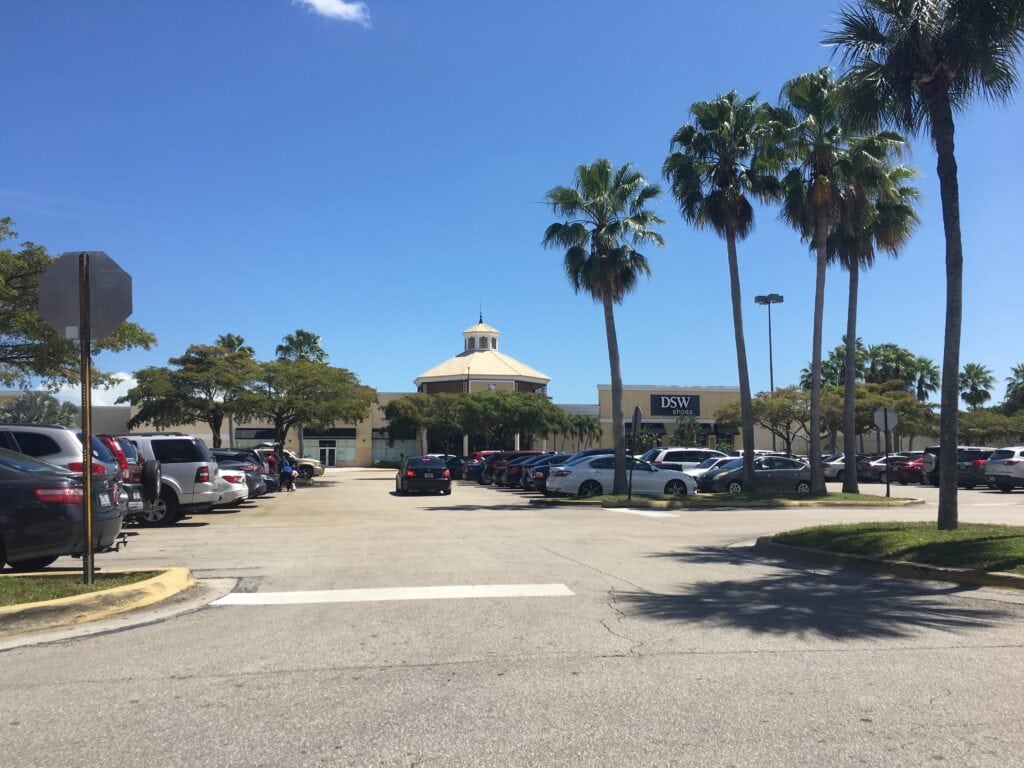
Enclosing the center and loading in anchors
Construction fencing appeared around the Cutler Ridge Shopping Center in 1977 as DeBartolo joined the owners to convert the open-air plaza into a sealed regional mall.
The walkways that once caught rain were covered with steel and glass, and the open breezeways became a single air-conditioned concourse linking Richards and Sears.
Workers poured new terrazzo floors and replaced canopies with skylights that filtered Miami's glare into diffused light.
On July 20, 1978, the enclosed Cutler Ridge Mall opened with a ribbon-cutting led by local officials and developers.
Shoppers stepped inside for the first time under chilled air and piped-in music.
Storefronts had been rebuilt in uniform facades to match the new layout, and mall corridors ran beneath a continuous roof for the first time.
The grand opening marked the property's shift from suburban strip to full indoor mall.
Expansion continued through the early 1980s.
A second phase opened between August 1981 and November 1983, bringing Jordan Marsh, JCPenney, and Lord & Taylor as anchors.
Their openings completed the multi-anchor plan envisioned at the start of the project.
By 1983, Cutler Ridge Mall functioned as a regional hub for South Dade County, with year-round indoor shopping and a steady flow of new tenants.
Anchor shuffle before the storm
In December 1990, Lord & Taylor shut its doors at Cutler Ridge Mall after more than a decade in place.
Within months, the darkened space filled again.
Mervyn's opened on July 11, 1991, unveiling a full renovation with new carpeting, brighter lighting, and a mid-market selection aimed at steady suburban shoppers.
Fresh signage rose above the entrances while crews finished repainting facade bands along the main exterior wall.
That same year, Jordan Marsh ended its Florida run.
The store closed on September 30, 1991, following corporate restructuring that dissolved the chain.
Inside was a mess of half-dismantled racks, blank walls where signs used to hang.
Then Burdines showed up, Miami's old standby, and started turning the empty shell into its style, keeping the frame as it was.
With each turnover, management balanced construction and traffic flow to keep the concourses open.
Painters moved scaffolds overnight, switching out lettering and awnings as stores rebranded in sequence.
By the end of 1991, every anchor corner was occupied once more, and Cutler Ridge Mall had completed a rapid realignment that reestablished its full complement of department stores on the eve of a far greater disruption.
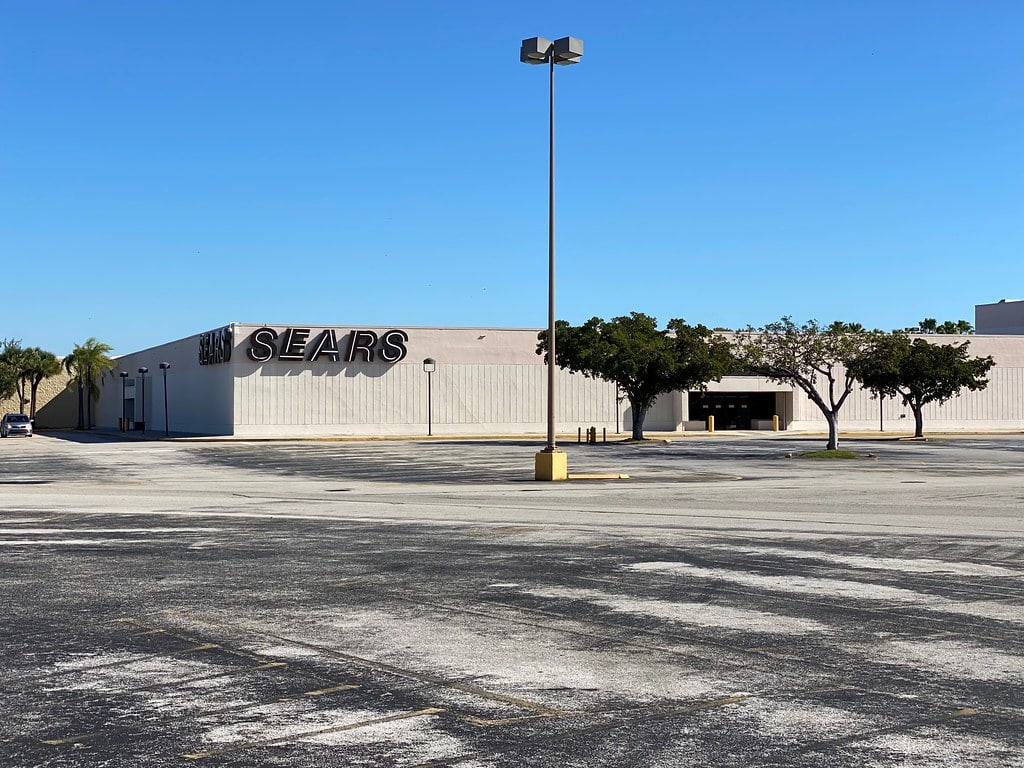
Hurricane Andrew, damage, and rebuild
On August 24, 1992, Hurricane Andrew tore through South Dade County, heavily damaging Cutler Ridge Mall.
The storm flooded the property, and three feet of water covered its center court.
JCPenney was lost entirely, while large roof sections and storefronts across the concourse were destroyed.
For months, the structure stood closed, awaiting repair assessments and insurance approvals.
Demolition of the worst-hit portions began soon after.
Developers initiated a $50 million reconstruction that replaced the damaged concourses with stronger framing and improved drainage.
Crews stripped the interiors to the slab and rebuilt storefront systems to modern code.
The center reopened on March 24, 1994, with 78 stores trading again.
By July 2, 1994, a new one-level JCPenney opened in place of the demolished structure, marking the last major milestone of the recovery.
Plans for a freestanding Big Kmart soon followed, restoring the site's original multi-anchor balance.
After nearly two years of disruption, Cutler Ridge Mall returned as a rebuilt and fully operational property serving South Dade's recovering neighborhoods.
Rebrand, cinema era, and ownership turns
After the rebuild, Cutler Ridge Mall resumed stable operation through the late 1990s under Simon DeBartolo's management.
Dillard's opened on October 14, 1997, in the former Mervyn's space, adding another national department store.
The new anchor operated until February 2002, when it closed as part of a corporate adjustment.
The rebrand came in November 2003: Southland Mall, fresh off a $3 million renovation that replaced flooring, brightened lighting, and modernized gathering spaces.
The vacant Lord & Taylor building was demolished to make way for a 16-screen Regal cinema complex.
Construction cleared the old department store shell, and Regal Southland Mall Stadium 16 opened in March 2007, creating an evening destination that balanced the mall's daytime traffic.
Management shifted during this period.
Following financial restructuring, the mall changed hands, moving from T/S Development to Investcorp in December 2006.
Leasing duties were assigned to the Gumberg organization.
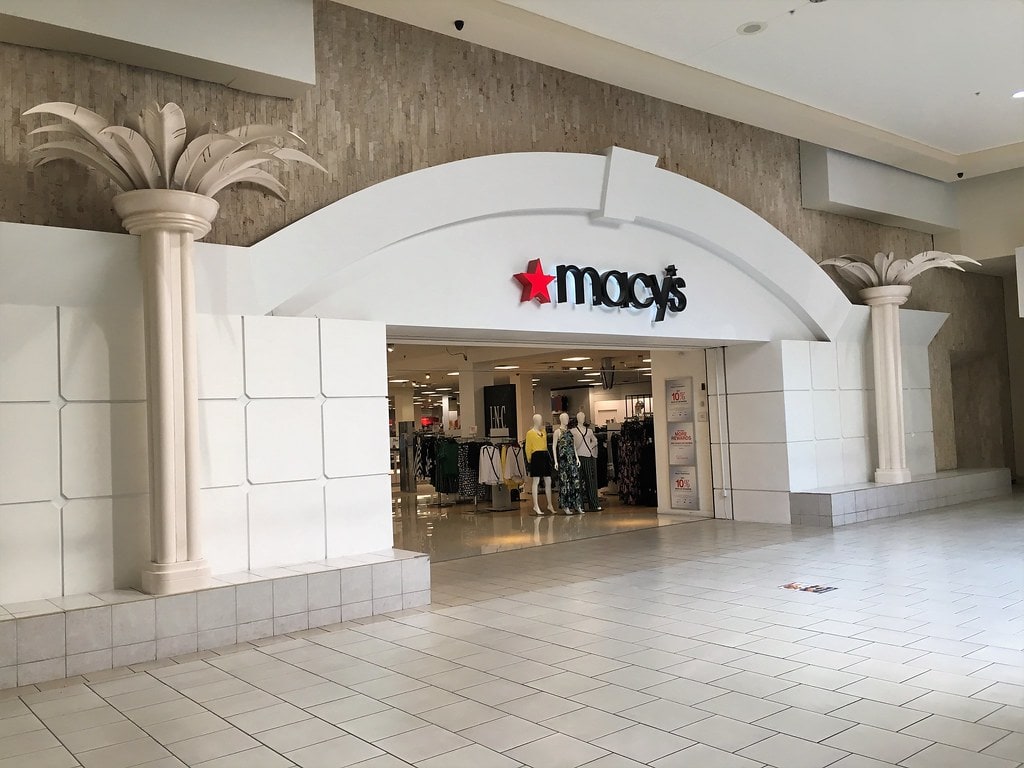
Adding tenants, then losing legacy anchors
By the late 2000s, Southland Mall was shifting from the department store model that had defined it for decades.
Bally Total Fitness held one of the large corner boxes, its rows of mirrors and treadmills bright behind the glass.
Within a few years, the logo came down, replaced by LA Fitness, and then again by Esporta by December 2011.
The names changed faster than the routine of early-morning members parking under the same faded light poles.
When Victoria's Secret opened on April 11, 2014, the mall's center court smelled faintly of new drywall and perfume.
The shop drew crowds into a concourse that was slowly losing its anchors but still carried weekday foot traffic from families and gymgoers.
Nearby, the movie theater filled late evenings with the hum of projectors and soda machines.
The larger closures came quietly.
Kmart shuttered on October 1, 2017, followed by Sears on February 14, 2020, ending half a century of its presence on the property.
By 2021, the Italian carousel installed years earlier kept turning, its lights reflecting off empty glass where anchors once traded, marking time for a mall between eras.
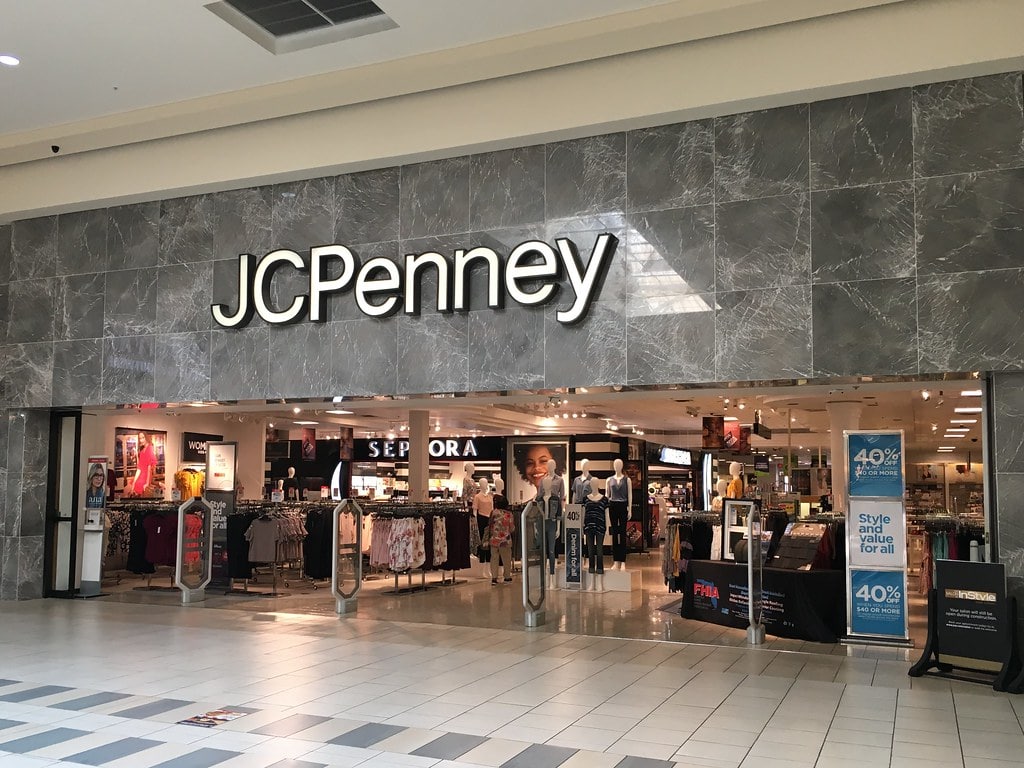
Southplace City Center takes shape
Ownership changed again on April 29, 2022, when Electra America, American Landmark, and BH Group acquired Southland Mall and began planning its transformation.
The new owners outlined Southplace City Center, a mixed-use redevelopment of the full property.
Later that year, they acquired the former Sears parcel to unify the site.
By November 2024, the partnership secured a $125 million pre-development loan, paving the way for construction.
On February 27, 2025, ground broke for The Current at City Center, an eight-story, 350-unit apartment building with 24,000 square feet of ground-floor retail and a parking garage.
Presidente Supermarkets signed a 15-year lease for the retail space, ensuring an anchor tenant at street level.
Additional components included future retail, a medical office, a hotel, and a public plaza connecting to the nearby bus rapid transit station.
In mid-2025, NUC University Florida Technical College leased 30,000 square feet for a new campus, joining the project's first phase.
As cranes rose beside 20505 South Dixie Highway, the existing mall continued limited operations, bridging its retail past with the redevelopment taking shape on its footprint.

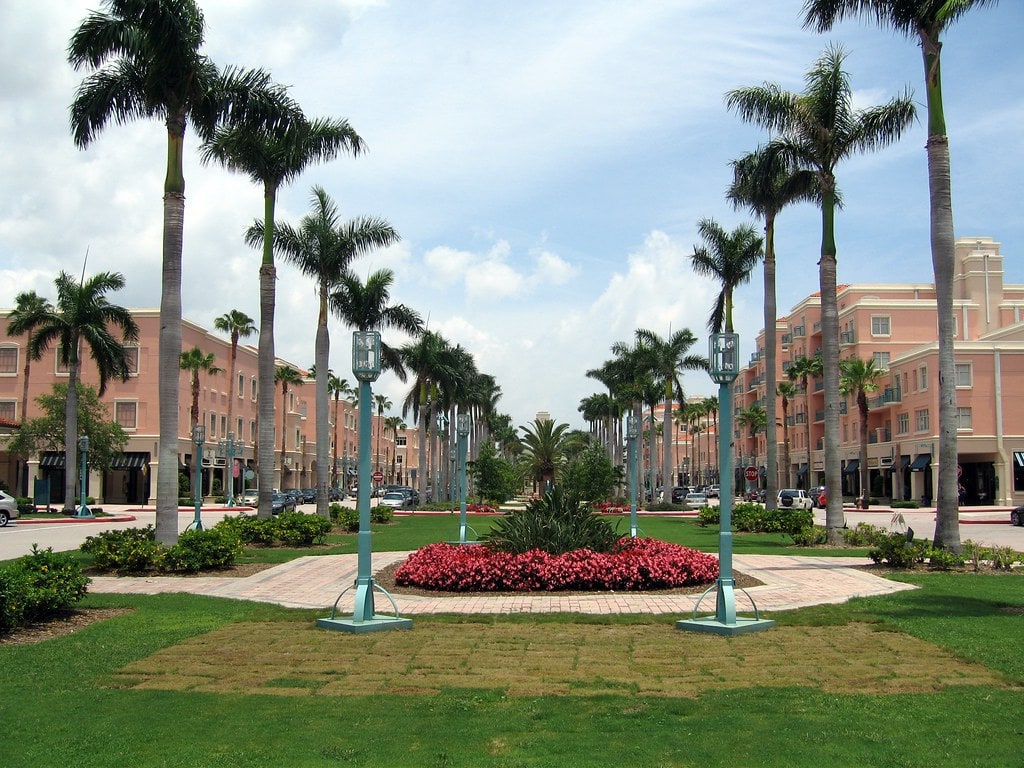
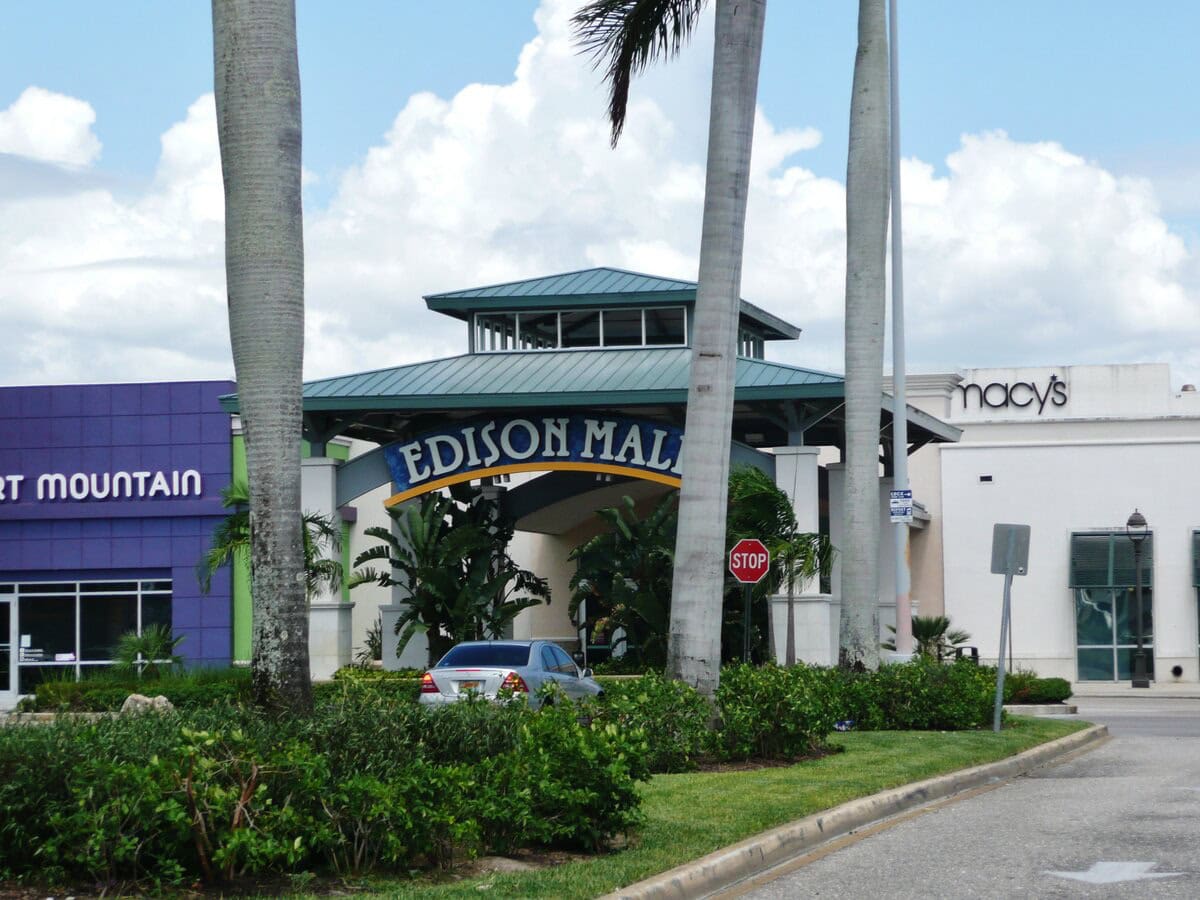
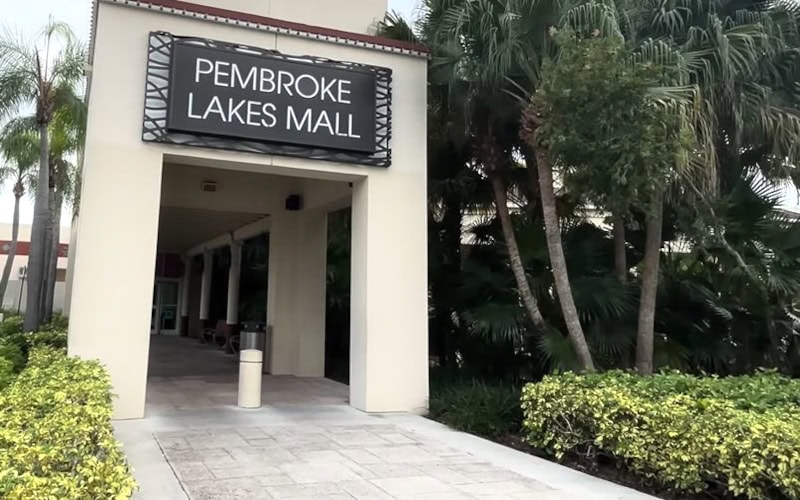

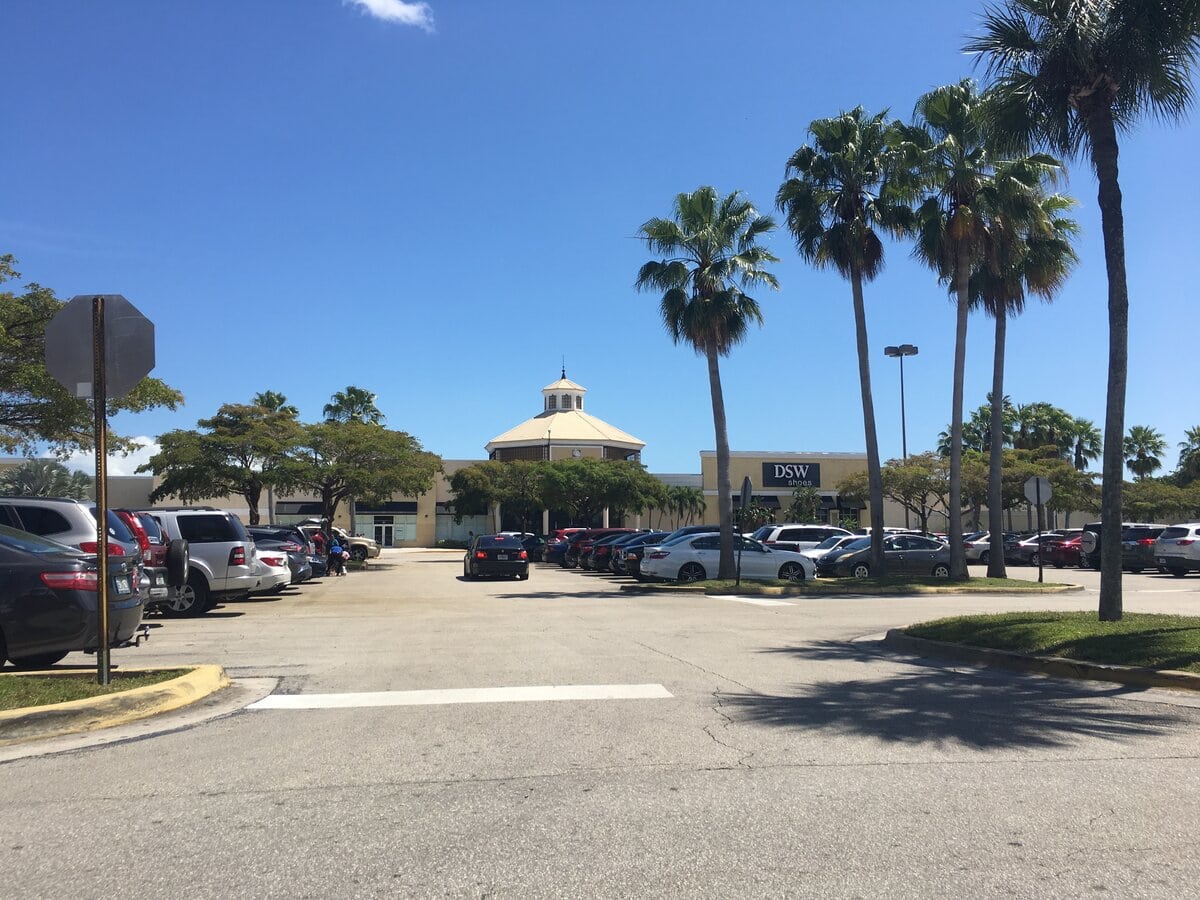
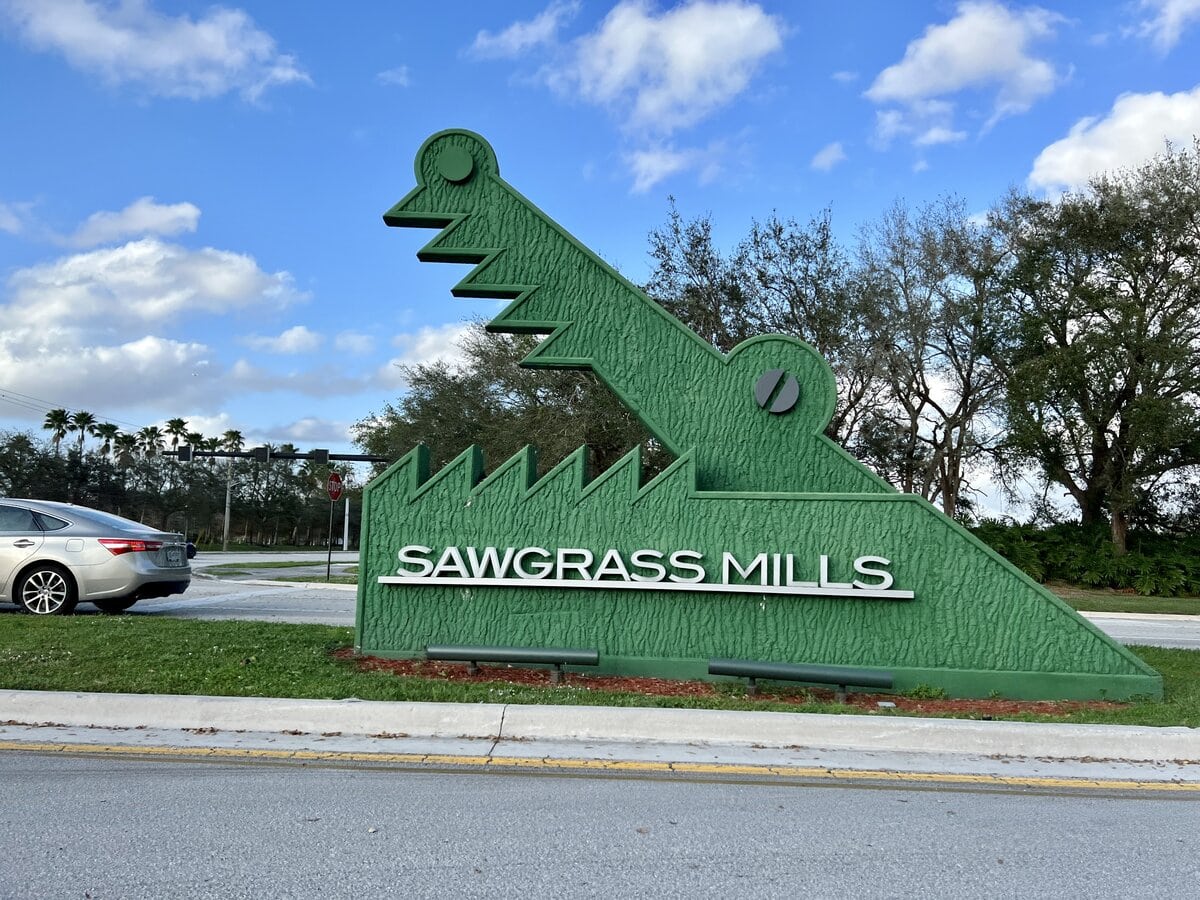
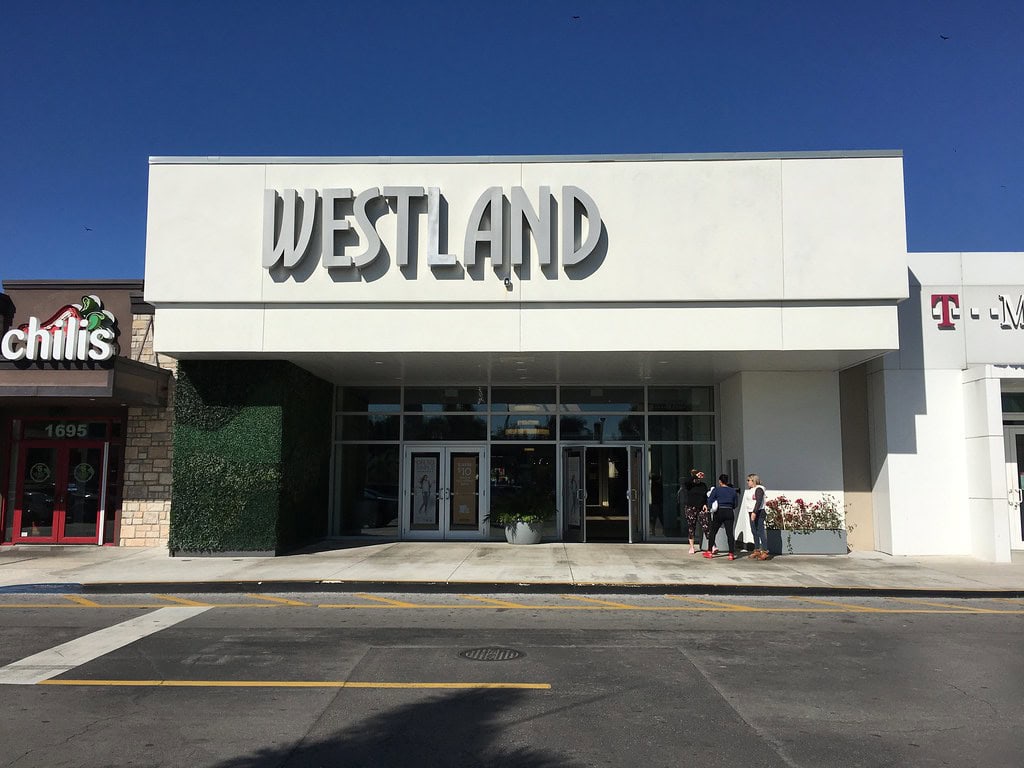
I really think that Dillard's made a huge mistake with taking over Mervyn's and should not have done so, especially with lacking a strong presence in Miami-Dade - unlike Broward County - and this mall hardly hit by a hurricane, and am really surprised that even Macy's remains to this day plus more retail coming given a planned redevelopment.
I agree, Dillard's walked into a tough position. Dropping a department store with limited local brand weight into a market like South Miami-Dade, where consumer habits are already fragmented, was always a risk. Taking over Mervyn's gave them a box, but not necessarily a customer base.